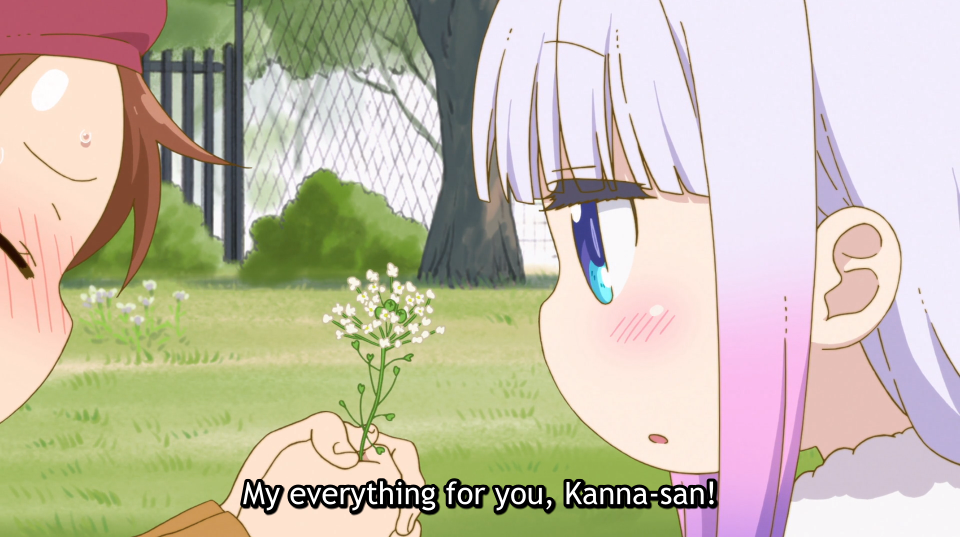Language of Flowers

I've been aware of the Language of Flowers for a while. I probably became aware of it first through Japanese anime. I seem to recall that one of the first episodes of Naruto has a scene about the language of flowers. More recently, I loved the scene in Dragon Maid where Saikawa gives Kanna shepherd's purse, which has the meaning "I'll offer you everything" according to her book.
Recently, we watched the movie Enola in which the Language of Flowers plays a small but significant role. And it turns out that the Language of Flowers was also a thing in Victorian England. Who knew!
Wikipedia, reliably, has a good summary about the Language of Flowers and has a link to a beautifully illustrated book from circa 1900 entitled Language of Flowers. According to Wikipedia, the Japanese language of flowers is called Hanakotoba but it isn't clear whether they're completely independent or not.
I've been writing haiku for years about flowers but had never considered using the Language of Flowers as a source of inspiration. Just recently I wrote a haiku about ferns:
flavaj felikoj sub posttagmeza suno… ora galono / yellow ferns beneath afternoon sun… gold lace #haiku #hajko #esperanto pic.twitter.com/5GAaR0Byet
— Steven D. BREWER (@limako) September 28, 2020
According to the Greenaway, ferns mean "Fascination".
I also recently wrote a haiku about Goldenrod:
silente brilas arkoj de solidago… dumtaga fajraĵ' / silently gleaming arcs of goldenrods… daytime fireworks #hajko #haiku #esperanto pic.twitter.com/6PY0uMa4Rw
— Steven D. BREWER (@limako) September 26, 2020
Golden Rod (two words) means "Precaution."
I don't know that I'll want to use the English language of flowers or Hanakotoba for haiku. But it's something to think about. And potentially a source of inspiration.
- Read more about Language of Flowers
- Steven D. Brewer's blog
- Log in to post comments

